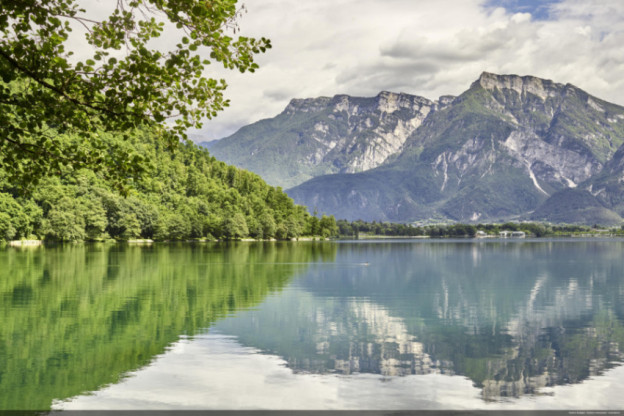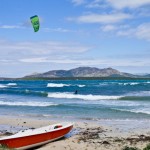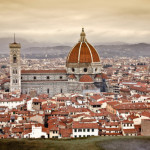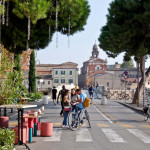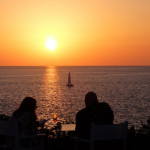Andy Mossack explores the lakes and peaks of Italy’s northernmost region in his Insider Guide to Trentino
Incredible as it may seem, I am standing beneath a torrent of two 40-metre waterfalls created by the Romans thousands of years ago. The Orrido Canyon, just outside Trento is a spectacular narrow limestone gorge some 40 metres high created by the Fersina River on its way down from the Alpine peaks and it is unmissable.

The Romans quickly realised their fledgling settlement of Trento, then called Tridentum, was in danger of being flooded and battered by rocks brought down by the Fersina. So, they tried damming it and failed as the waters rose higher and became a waterfall. This epic struggle continued over centuries with the river constantly rising, defeating every attempt to dam it. The Victorians were finally victorious in 1850, building a giant stone dam waterfall further along the gorge and today, following a path down into the gorge you can stand right underneath it.

It is a majestic sight, the colours changing depending on the season and time of day. And if you feel energetic you can walk along the Fersina until it meets the Adige and continue to Verona.
Trentino is part of Italy’s northernmost region, Trentino-Alto Adige an autonomous province stretching from the northern third of Lake Garda up to the Dolomites in South Tyrol and the border with Austria. It is a fascinating mix of cultures and languages, with mainly German-speaking Bolzano on one side of the Alps and the Italian-speaking city of Trento on the other. But what they both share is a distinctly Austrian-influenced Italian cuisine if that makes any sense.

Having explored Bolzano and Alto Adige in a previous article last year, this time I’m touring around the Trentino province. Shaped like a butterfly, its wings encompass an area of 297 lakes, beautiful alpine scenery, and bucketloads of history. Let’s take a wander together around my Insider guide to Trentino.
Trento
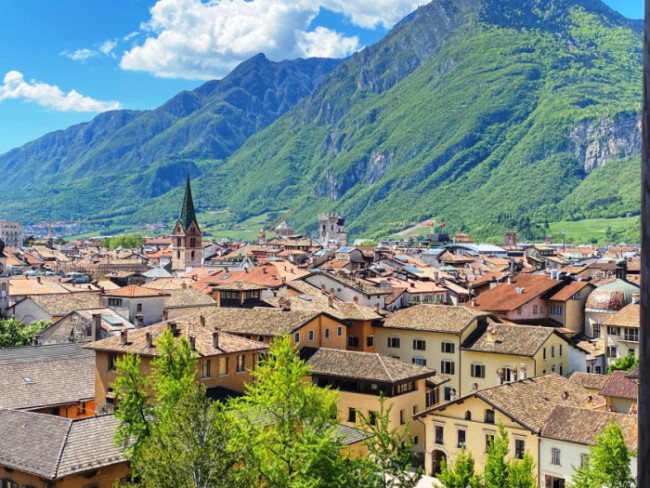
No better place to start a guide to Trentino than in Trento. Trentino’s capital stands proudly as the gateway to The Dolomites, its glorious 13th-century Cathedral of San Virgilio playing host to the Council of Trent in 1545, one of the most momentous events in Roman Catholicism. It paved the way for change following in the wake of the protestant reformation. I was lucky to visit on the day it unveiled years of restorative work on the extraordinary frescoes decorating its walls. They really are quite magnificent. The cathedral’s original 6 th century Roman basilica is also worth visiting in the basement area below the crypt.
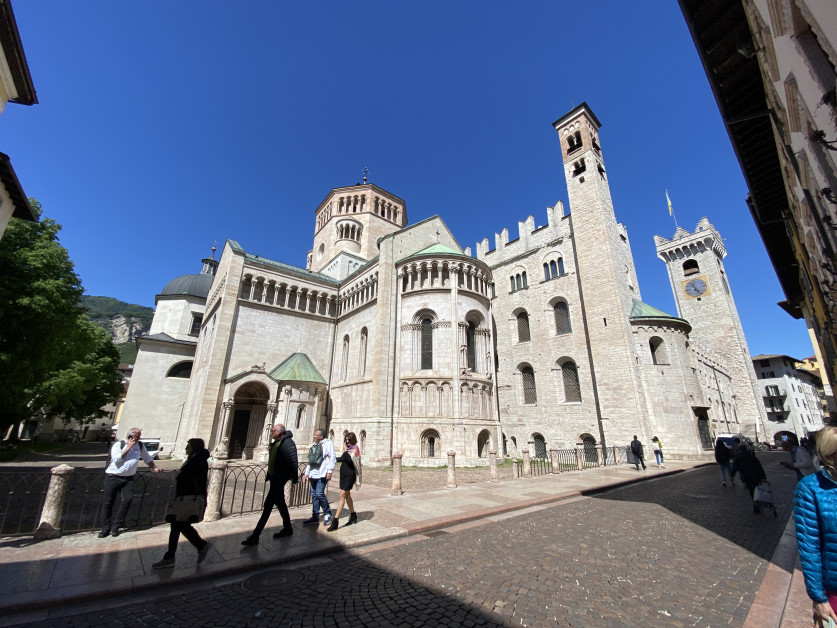
The Duomo dominates the pedestrianised historical centre of Trento, but the city has another architectural jewel to discover, the giant Buonconsiglio Castle. This was the residence of the Prince Bishops of Trento for over 500 years, and consequently bursting with historical collections and priceless antiquities. Not to mention the view from the top tower across the city.
While we’re on the subject of medieval buildings, the Vanga Tower over the railway bridge on the way to the River Adige once served as a prison but now it’s an artistic exhibition space. Just a few minutes’ walk from here is the cable car station up to Sardagna a small village 600 metres above Trento. You’ll get a sense of the scale of the river from up here as it winds its way over to Verona.
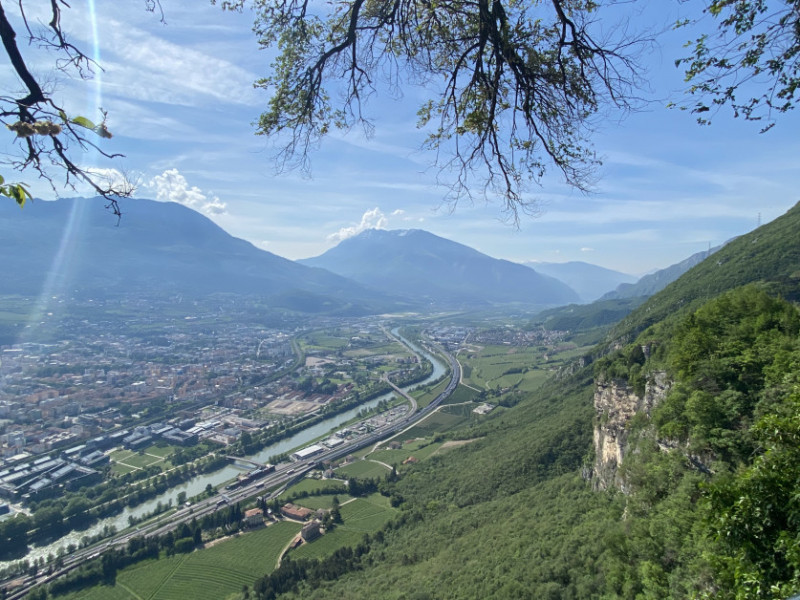
The old centre is easy to walk around, plenty of twisty lanes and piazzas to meander through and, of course, plenty of places to stop for coffee and cake.
Arte Sella
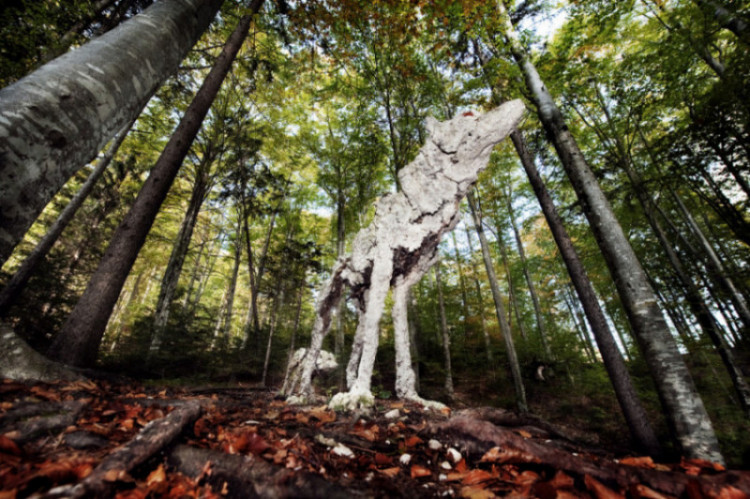
No more than an hour’s drive from Trento lies Arte Sella, a wonderous mountain forest area where nature and art combine to create an extraordinary outdoor art gallery. The concept was born thirty years ago when a group of friends from Borgo Valsugana collaborated to commission artists from all over the globe to create giant installations representing the history and nature of this beautiful alpine forest. Today there are over thirty installations across three forest trails: a tranquil landscape of creativity and passion within a unique location.
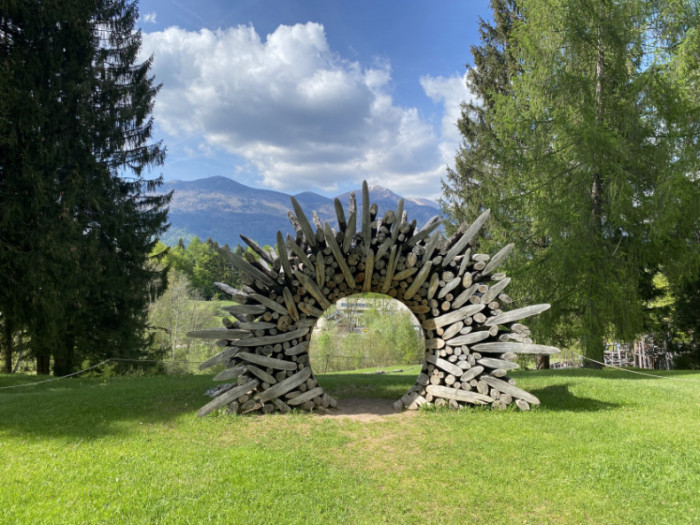
Some of them seem baffling until you take a closer look and realise what it is you are really looking at. Take a while to find out, don’t just make a first impression.
Lake Levico
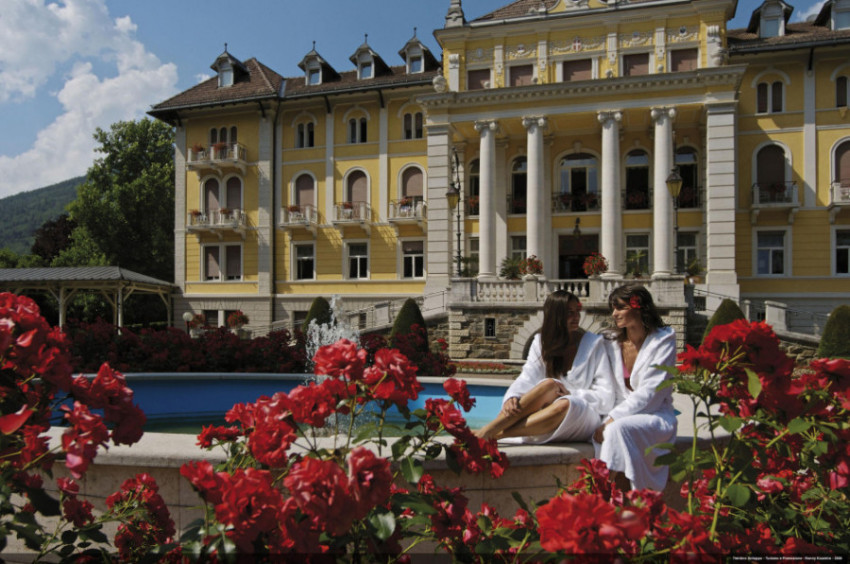
Not far from Arte Sella is one of Trentino’s beautiful lakes. Lake Levico could be mistaken for a Norwegian fjord; it is that clear. There’s a beach and park area, and boats for hire or you can just take a long walk around the lake. But just above the lake is the spa town of Levico Terme, in the 19th century, one of the most famous thermal spa towns in the world. Today the landscaped Hapsburg Park gardens of the thermal baths are a stunning example of its well-heeled thermal tourism past. The town itself is also beautifully kept, a picturesque stream bubbling through the main street in an artful way encapsulates this charming mountain village.
Lake Garda
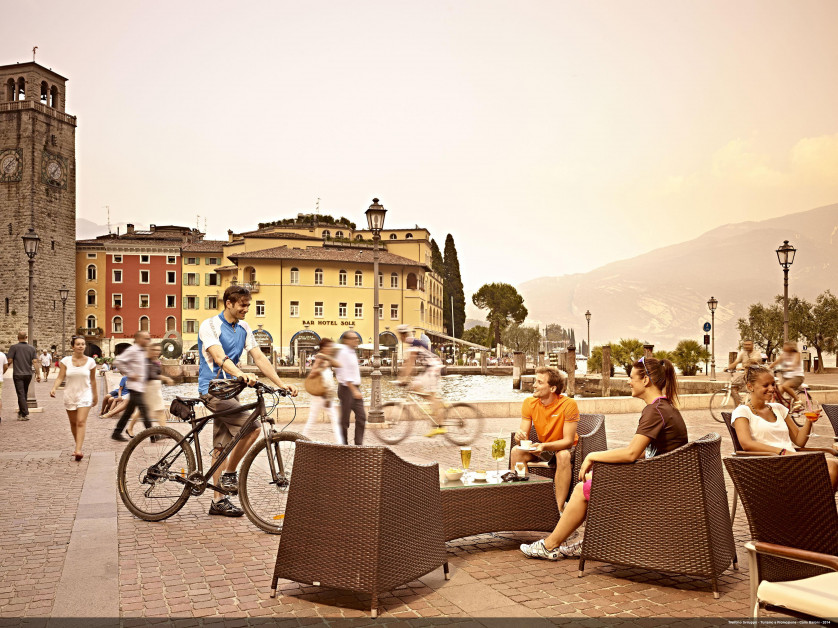
No guide to Trentino would be complete without a mention of Lake Guarda, Italy’s biggest lake. Just take a stroll around the charming Riva del Garda at its north shore, and you’ll think you’re in one of those chocolate-box Swiss towns. There are lake ferry tours from here, or you can just stroll the lakeside with a gelato and watch the sailboats and windsurfers.
Just a few minutes from Guarda you can indulge yourself in some local wine and olive oil tasting courtesy of Agraria Riva del Garda one of the high-quality vineyards in the region. Their shop is akin to a Harrods food hall with high-quality farm produce and of course plenty of top-tier olive oil and local wines.
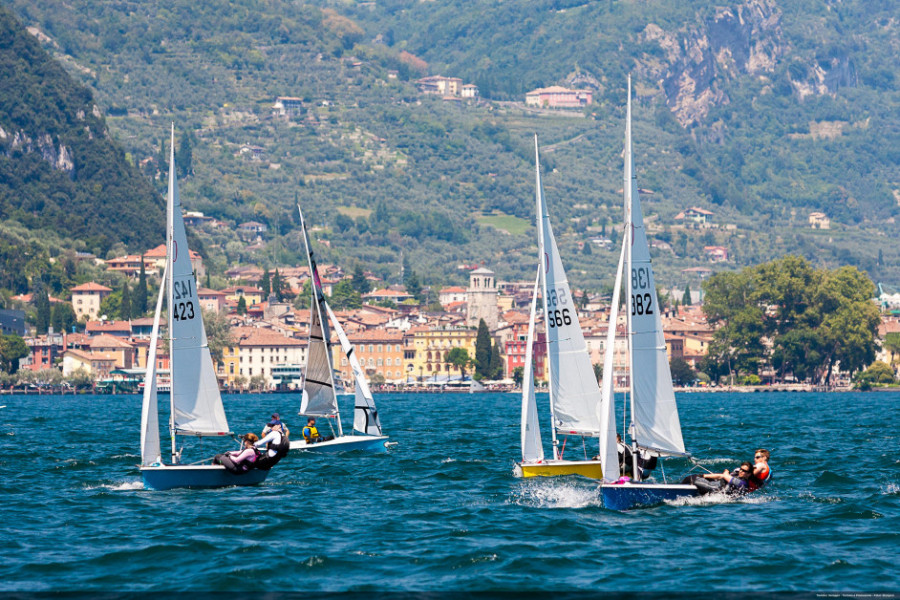
King of the local wines is Trento Doc revered in Trentino as better than Champagne, this beautiful bubbly is now the official wine for the Formula One podium celebrations. Agraria Riva del Garda store their Trento Doc submerged in Lake Guarda for several years. Yes, submerged in the lake! Apparently, the temperature always remains perfect, and the gentle swell rotates the bottles automatically, a process normally done by hand.
This insider guide to Trentino is designed to nudge the surface of a glorious region that offers so much beauty to visitors. I’ve found a few worthy places for you off the usual tourist pathway but if you hanker for gorgeous alpine scenery, Trentino is ready with arms open wide.
Images (C) Andy Mossack and Trentino Tourism
Tell me more about this guide to Trentino
To discover more about this insider guide to Trentino go to Visit Trentino and Lake Guarda Tourism
Make sure you apply for a Trentino Guest Card App. This is a tourist benefit app that is completely free and provides free use of public transport and free or discounted entrance fees to museums and attractions throughout Trentino.
Where to stay in Trento
The Villa Madruzzo in the hills above Trento is a beautiful palazzo once the home of a 16th century noble family. The grounds are spectacular, and the restaurant is excellent. It is also literally a 5-minute walk to the Orrido Canyon waterfalls.
Where to eat in Trento
Osteria Il Cappello charming osteria tucked away in Trento’s historical centre.
Antica Pozzo Lovely authentic family-owned restaurant tucked away in Via Manci the very heart of the historical centre. It’s in a pedestrian alley in what was an ancient stables. Huge portions and a lovely menu including excellent pizzas.
What to eat in Trentino
There is a huge Tyrolean influence in the food here, so expect apple strudel in every restaurant and dumplings of one kind or another. If it is in season, white asparagus is everywhere and delicious. Speck is the delicious local ham/bacon and Canederli con speck (bacon dumplings) are very popular. Crauti is the Italian version of sauerkraut. Polenta is a staple as is Südtiroler gulasch a traditional hearty Italian goulash normally served with dumplings of course.
How to get to Trentino
The nearest airport is Verona, easy to hire a car, and on the autostrada it is just over an hour’s drive to Trento. easyJet has a regular service to Verona from London Gatwick.
Getting to Gatwick by train: Fast, frequent train services are provided to Gatwick Airport by Gatwick Express and Southern from London Victoria, and by Thameslink from London St Pancras, through central London via Blackfriars and London Bridge. Single fares start at £12 (Advance on Southern, Anytime on Thameslink); Thameslink off-peak return is £22.30.

